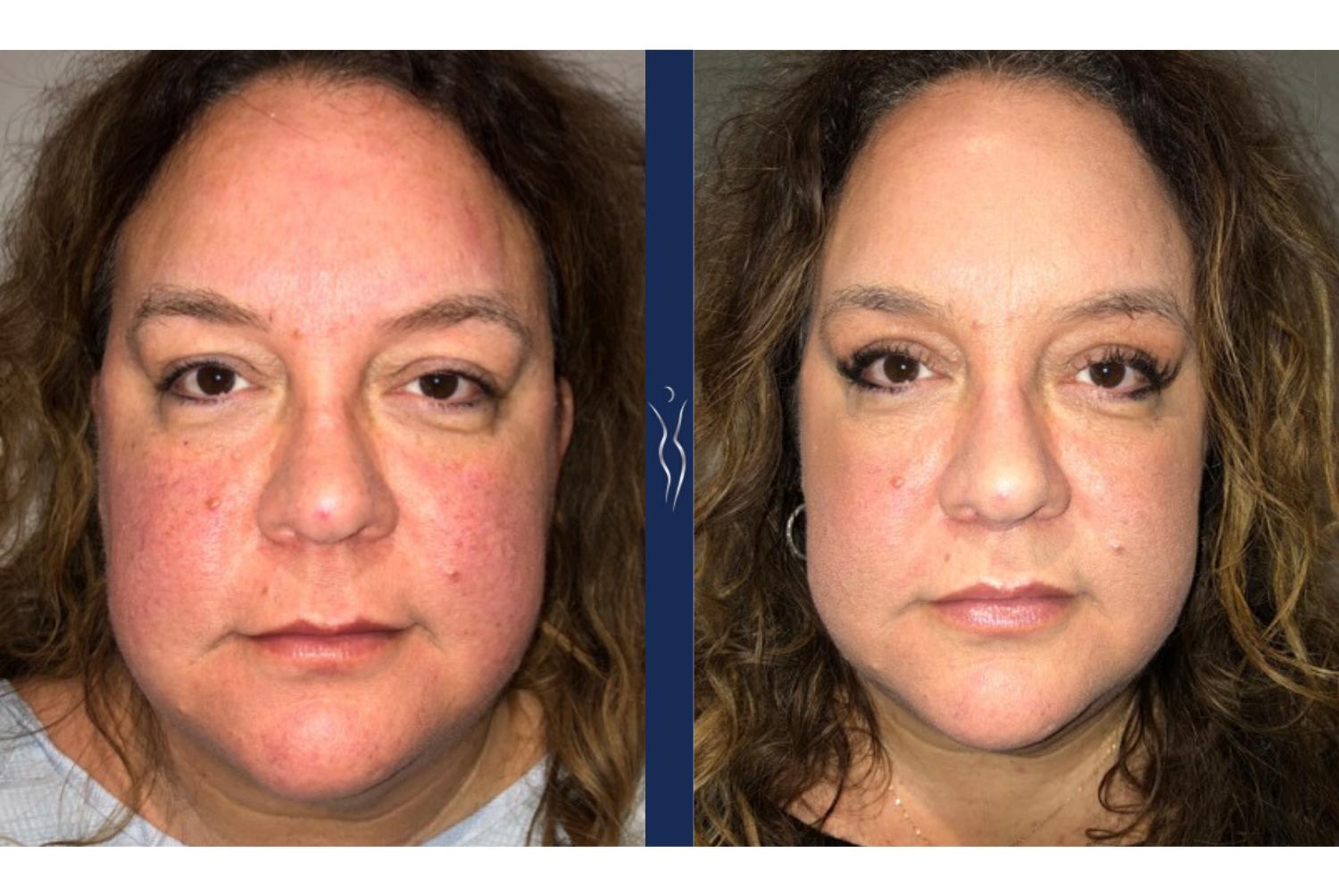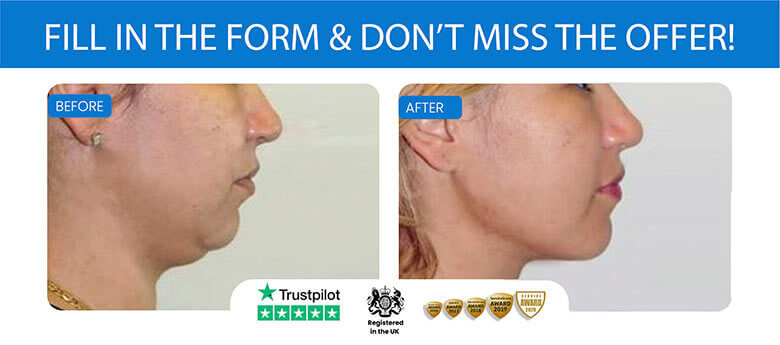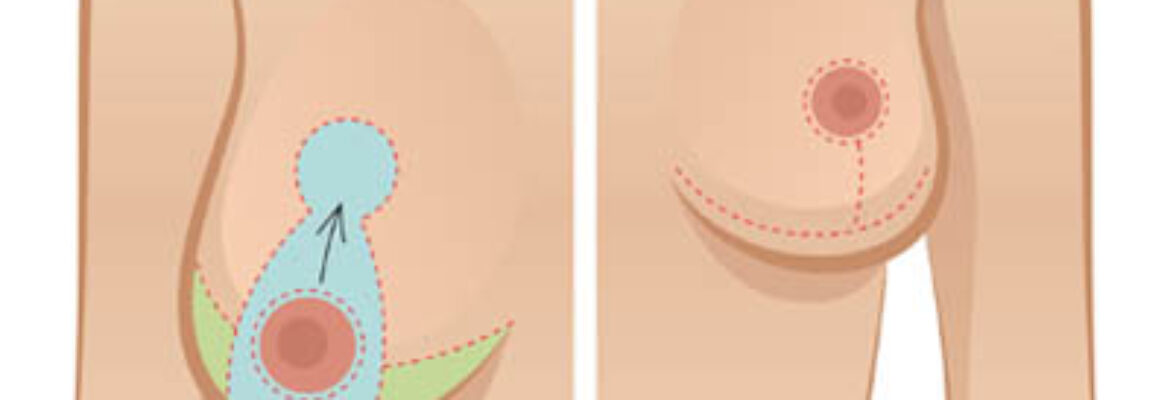
Perhaps you are considering eye Botox. What are the side effects, and how much does eye Botox actually cost? You can read on for more information. Below, we'll discuss eligibility, cost and recommendations. Our page on eye Botox will provide more details. Stay tuned to our article about the cost and side effects associated with eye Botox.
Cost
The cost of eye Botox will vary depending on which type of treatment is chosen, how many units required, and how often you need them. Annual visits are less expensive than regular treatments, and insurance may cover you for some of these treatments. The procedure can be covered if prescribed by a board qualified physician. The insurance company may not cover you if your condition involves cosmetic procedures. Most likely, your insurance provider will require you to provide a medical history and authorization for treatment.
New York doctors usually charge by the area treated. It varies in price, but may range between nine and twenty dollars. A single eye will receive five units, and if you need more, it will cost more. Medical insurance doesn't usually cover cosmetic Botox injections. There are many factors that affect the cost of eye Botox. It is best to consult your doctor before proceeding with this procedure.

Side effects
Eye botox injections can relax the muscles that control your eye movements. Strabismus is a condition that causes an imbalance in muscle tone and eyelid movement. This condition is often caused by nerve damage around the eyeball or leading from the eye to the brain. This can cause visual signals from one side of the eye to not be correctly interpreted by the brain. Botox injections may be able to decrease or eliminate the onset and progression of these conditions.
Drooping eyeslids can also be a side effect. Botox injections between the eyebrows can cause drooping of the eyelids. The patient might also notice a drop in eyebrows if botox has been injected into their forehead. To relieve the eyelid droop, you can use eye drops or ointments. Dry eye may occur as an additional side effect in some patients.
Recommendations
These are some guidelines to keep in mind if you are thinking about having eye Botox. Avoid direct sunlight for at the very least one hour following your treatment. Sunscreen and UV-protective eyewear are recommended. You should wear sunglasses that provide UVA as well as UVB protection. It is also important to keep your stress level low in order to protect your eyes.
Sometimes, the eyelid muscles may twitch unconsciously in some cases. This condition is known as myokymia. It can affect either one or both the upper and lower lids. Sometimes, both eyelids twitch excessively. Botox injections might be an option to help your eyelid spasm. Botox injections should be approved by your doctor. Unapproved use can lead to serious consequences.

Patient eligibility
Some insurers don't cover eye botox. Medicare does. Medicare Part A covers botox and most prescription drugs. Before you have the procedure, ask your doctor about your coverage. The insurance company will verify whether the procedure can be covered and then approve payment. A copayment may be required, but it is typically less than $20. Your doctor will suggest a series of treatments following the initial consultation.
Medicare will pay most of the cost for eye botox. You may still need to cover the rest. Prices vary depending on how many Botox sessions you require and how much. Consult a doctor if your insurance doesn't cover Botox. Your medical history will be required by the doctor. Botox can interact sometimes with certain medications. Your doctor may ask you about any antidepressant or blood pressure medications that you are currently on. You may also need prescription medications, such as painkillers. Anesthesia and numbing creams may also be necessary.